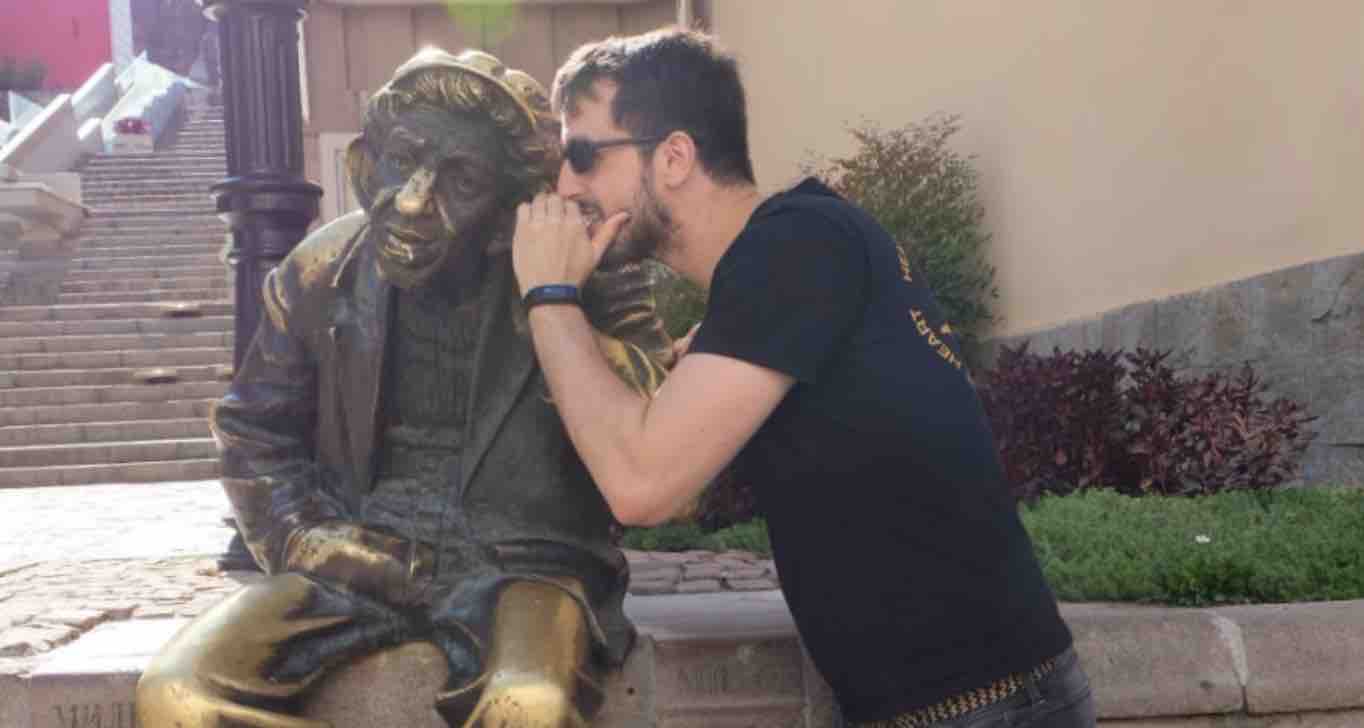
How to improve your tech-talk (or any other presentation)

We have found ourselves attending a meeting that felt like we were wasting our time with a “monologue” that is either hard to follow or doesn’t seem so interesting as it could. Let’s fix this.
Therefore, I was thinking about it, and I tried to get some keys to improving their general quality. It applies to all presentations but also tech-talks and other tech presentations in which engineers are usually involved.
Structure of the talk#
To explain how I think a good presentation should look like I will address three main topics that are relevant to structure and design your presentation.
- Content of the presentation: what message do you want to convey to whom and how?
- Design and Layout: how you can design an easy-to-follow presentation that supports your talk instead of taking away the attention from what you are actually trying to say.
- Lastly, I think also the audience is responsible for making a tech talk successful, so I will also add a reminder about the role and responsibilities of the listeners.

Consider your audience#
When you prepare your presentation, ask yourself:
- Who is attending the talk?
- Which backgrounds do they have?
- Which position do they have?
- Which information is relevant to them?
- Do they have to know all the keywords that you would like to use?
Introduce the topic#
Create some atmosphere. Try to answer these questions:
- Why should they listen to you?
- Why should they spend their time in another meeting?
- What will they have learned by the end of the talk?
- What is your main message?
Every meeting should have an output and an outcome. Keep it in mind.
Create a Storyline#
- When preparing the main content of your talk, think about a storyline that connects your arguments. This makes it easier for the audience to follow.
- Stick to the messages that are necessary to explain your idea or concept.
- Leave out any unnecessary information that is not relevant to the core of your message.
Build a conclusion#
Summarize the main conclusion(s) in a concise way:
- What is the conclusion of this meeting?
- What are the learnings from this meeting?
- What are the open questions or next steps?

Design and Layout#
Write less, talk more#
- A tech-talk is about learning new ideas and concepts.
- A presentation should support your talk, not replace or replicate what you have said.
- The more words on the slide, the fewer they will be remembered.
- Use visuals/graphics that support your talk instead of additional text.
Large fonts#
If you have some code to present, consider:
- If it is a picture: use large fonts inside. I recommend using https://carbon.now.sh/ for simple snippets. Or just screenshots from your favorite IDE.
- If you code in live: prepare your editor in advance. Use the Presentation Mode of your IDE.
Role of the Audience#
Responsibilities of the attendee#
- No unnecessary phone usage, like Twitter, Instagram, Facebook, WhatsApp, Telegram, etc.
- Keep your questions for the questions time, unless the presenter mentions at the very beginning that you can ask at any moment. Usually, it’s better not to interrupt the topic, so we can ask the questions at the end.
- Show interest in the topic. The presenter should have spent some time preparing the slides for you.
- Pair with the presenter the interest of the topic. This is also the responsibility of the presenter. You both should be eager to learn more about the topic.
Inner questions#
- Was it worth the time that we all spent in this room?
- Do we regret the attendance of this meeting?
At the end of the meeting, we should ask these questions in order to improve. Ask other people for their feedback, so we can grow further and together.
